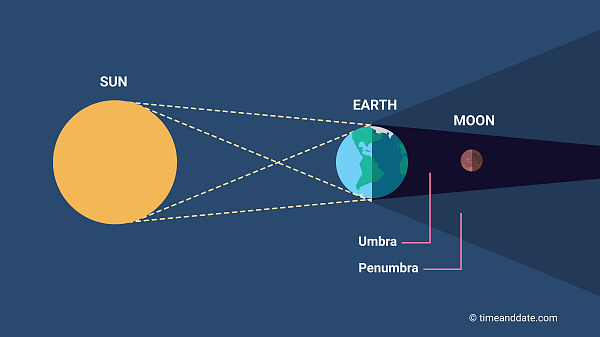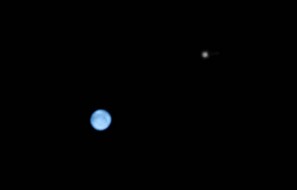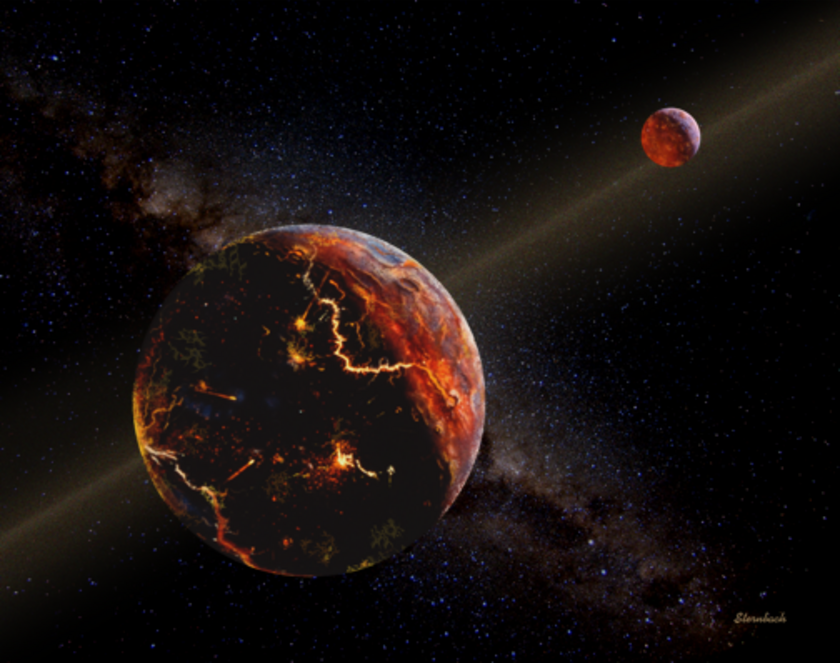

Here's my take on this study as well as my take on my 41 years as a Math, Physics, & Astronomy teacher. With all the fancy statistical talk and confusing methodology, it is the same old story our science & math teachers are ill-prepared. Working from the "Next Generation Science Standards" (NGSS) disciplinary core idea ESS1.A, which states that students will be able to describe and predict patterns of motion of the sun, moon, and stars, the educators narrowed the topic and developed a research question: When you look at the moon, how does the shape seem to change over time? The lesson sequence, which combined observation and work with nonfiction texts, was designed to help students observe patterns of change and understand that although the shape of the moon appears to change, it really remains the same. The 2018 National Survey of Science and Mathematics Education was just released to the public.


A group of Vermont educators decided to take on the challenge of integrating science and literacy by developing a first-grade research project about the Moon. Work in classrooms must be integrated across science and English language arts to meaningfully connect scientific inquiry with analytic reading, writing, and research skills. The questions scientists ask require collective inquiry and accumulated knowledge, the thoughtful analysis and synthesis of many minds. This wonder must be nourished by students' own experiences-observing the moon on a crystal clear night-as well as by having their understanding informed by the thinking and experiences of others. Educators see the power of their students' wonder at work in their classrooms on a daily basis. This article describes a first-grade research project that incorporates trade books and challenges misconceptions. The official video for Never Gonna Give You Up by Rick AstleyTaken from the album ‘Whenever You Need Somebody’ deluxe 2CD and digital deluxe out 6th May.


 0 kommentar(er)
0 kommentar(er)
